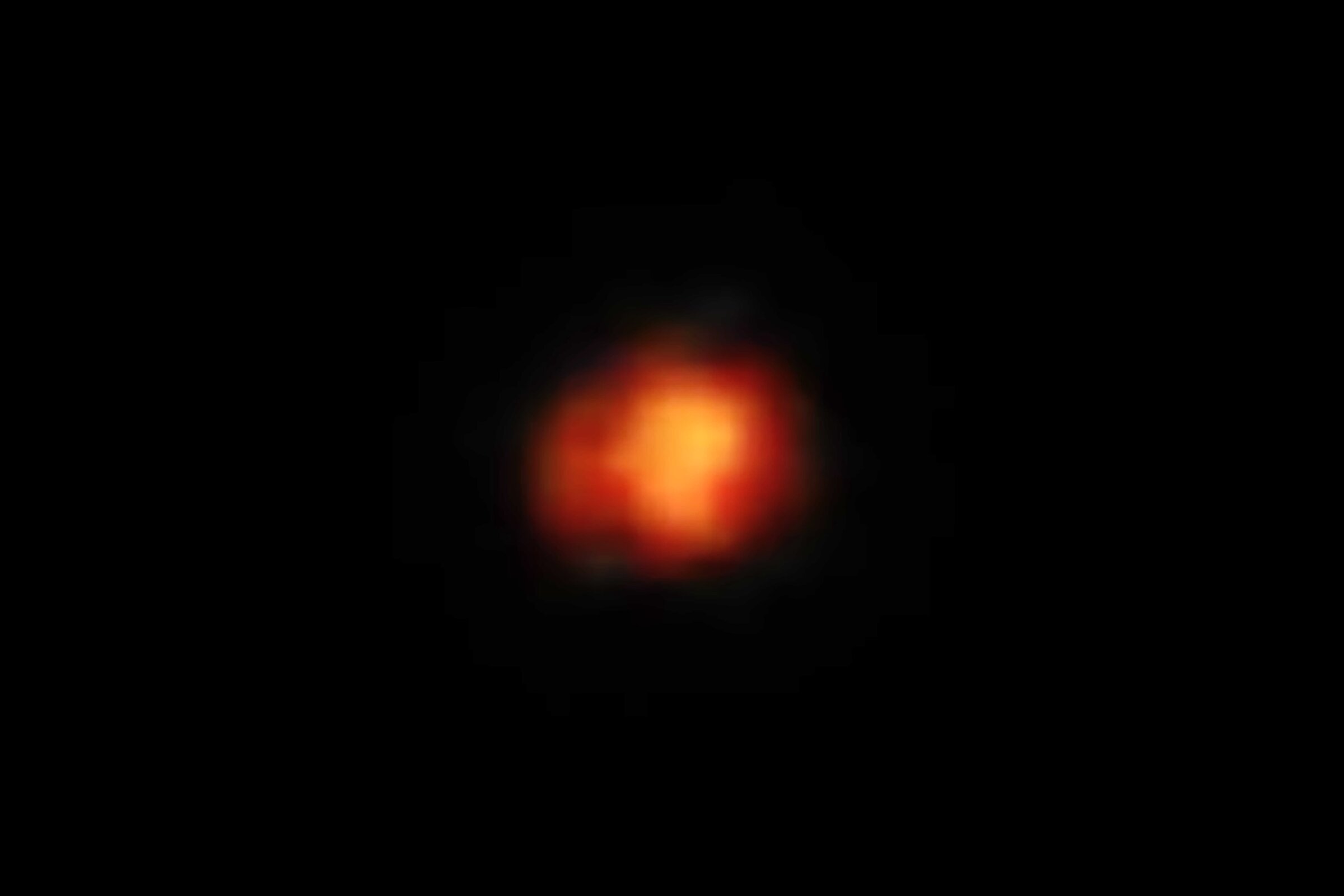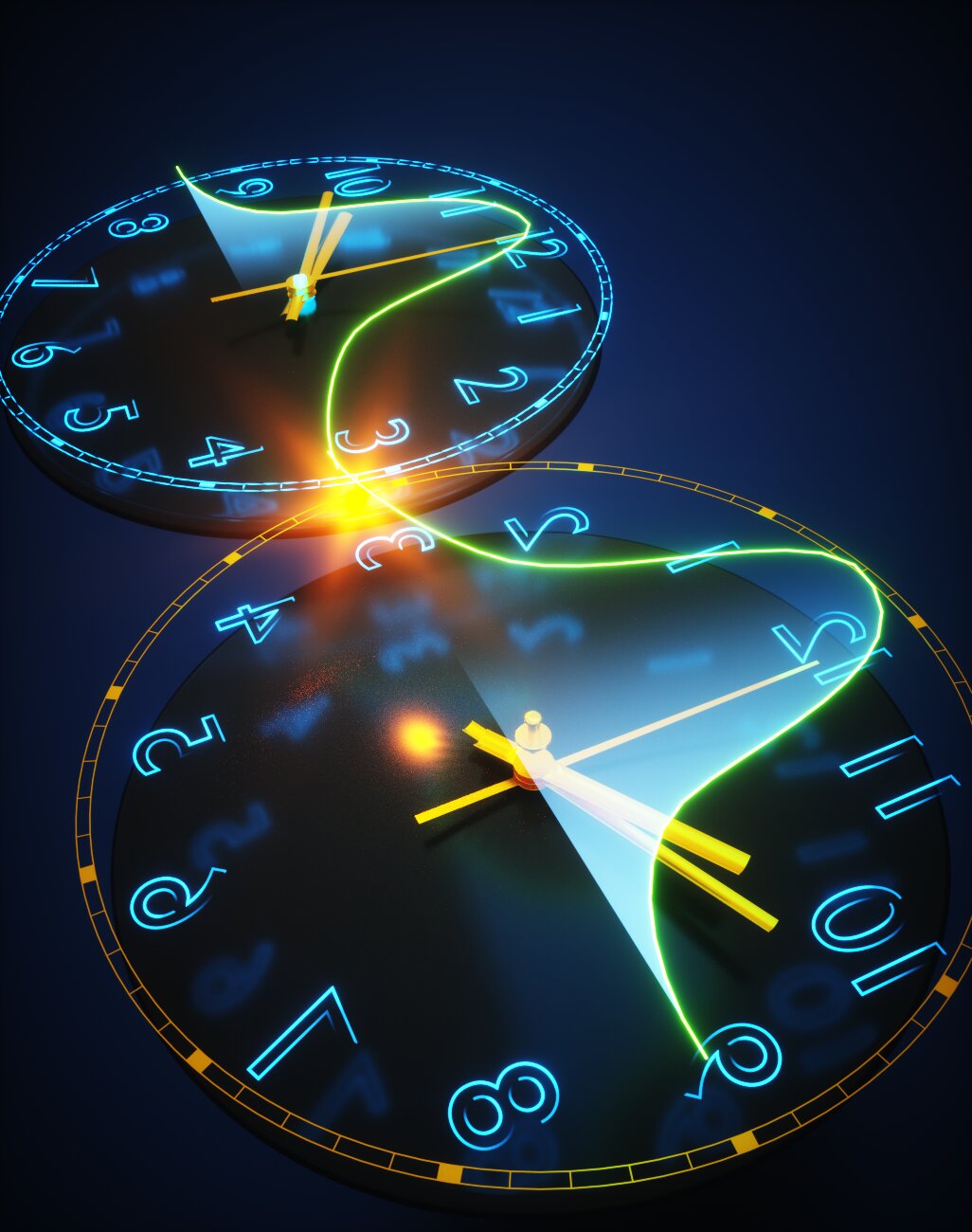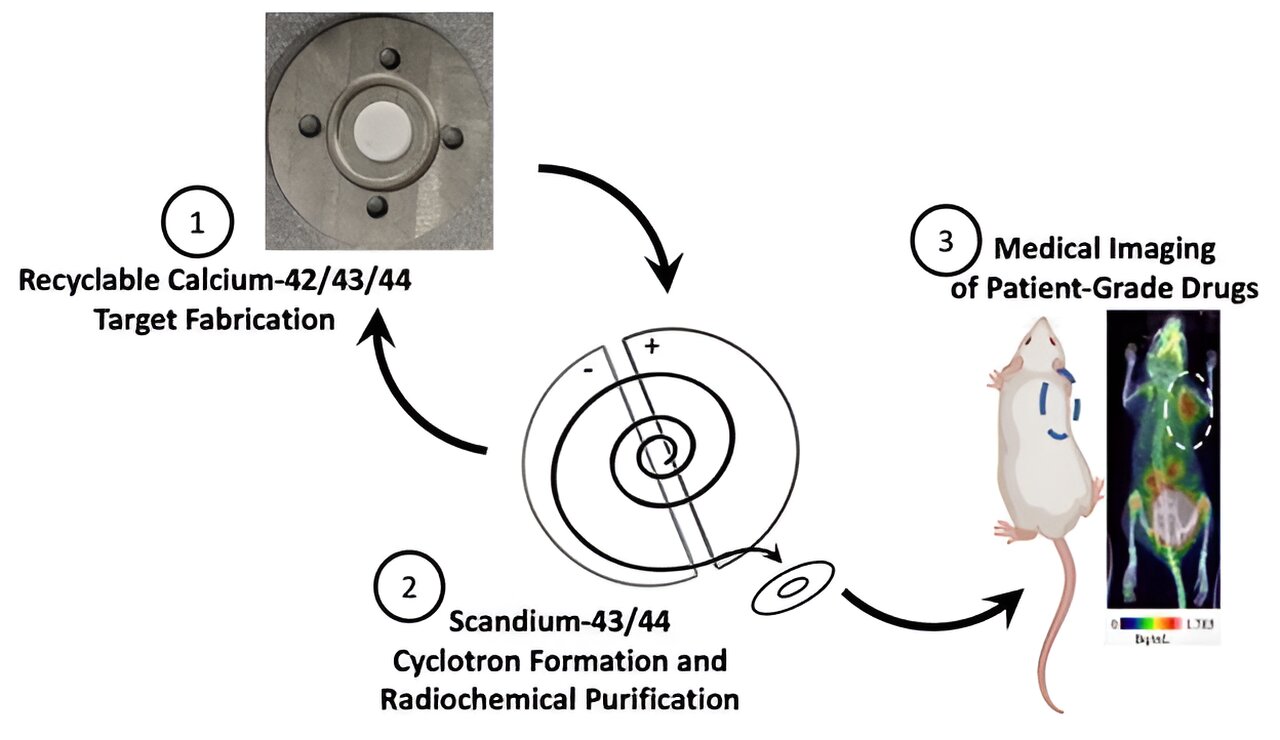Prepare to be amazed! Thanks to the James Webb Space Telescope, astronomers have made an incredible discovery. They have confirmed that a galaxy, first detected last summer, is actually one of the earliest ever found. This groundbreaking news has been published in the prestigious journal Nature.
Follow-up observations have revealed that Maisie’s galaxy is from 390 million years after the Big Bang. While it’s not as early as initially estimated, it is still one of the four earliest confirmed galaxies ever observed.
“The exciting thing about Maisie’s galaxy is that it was one of the first distant galaxies identified by JWST, and of that set, it’s the first to actually be spectroscopically confirmed,” said Professor Steven Finkelstein, the lead astronomer from the University of Texas at Austin. He named the galaxy after his daughter, as it was discovered on her birthday.
The latest analysis, led by Pablo Arrabal Haro, a postdoctoral research associate at the National Science Foundation’s National Optical-Infrared Astronomy Research Laboratory, has also revealed that there are about 10 other galaxies that might be even earlier than Maisie’s.
Objects in space don’t come with a time stamp, but astronomers can determine when the light we observe left an object by measuring its redshift. The farther back in time we look, the higher an object’s redshift becomes.
The original estimates of redshifts were based on photometry, but to get a more accurate estimate, the team used JWST’s spectroscopic instrument. This revealed that Maisie’s galaxy is at a redshift of z=11.4.
This study also examined another galaxy, CEERS-93316, which was initially estimated to have been observed 250 million years after the Big Bang. However, further analysis showed that its redshift is actually z=4.9, corresponding to about 1 billion years after the Big Bang.
CEERS-93316 appeared much bluer than it actually was due to the emission of hot gas in specific frequency bands. This unexpected result surprised the team, but it provides valuable insights into the early universe.
These discoveries challenge our current understanding of galaxy formation and raise fascinating questions about the universe’s ability to create such massive galaxies so early on. The James Webb Space Telescope continues to unlock the secrets of our cosmic origins, and we can’t wait to see what else it reveals.








